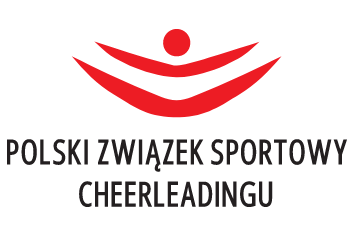Achilles Tendinopathy
The Achilles tendon is the largest tendon in the human body. It is an extension of the gastrocnemius and soleus muscles. It withstands significant forces, especially during dynamic activities such as running or jumping. The collagen that makes up the tendon can be damaged due to chronic overuse or, conversely, insufficient daily load and sudden increase in activity level. Damaged collagen fibers do not efficiently transfer force, leading to the ingrowth of free nerve endings and, as a result, pain. The pain is not solely caused by inflammation but primarily by degenerative changes that develop within the tendon.
Epidemiology: This is a very common overuse injury that affects active individuals, particularly those involved in running or jumping activities. Among middle-distance runners, the percentage of athletes who have had or currently have this injury can reach 83%. However, it is important to note that it is not a condition exclusive to athletes. Even in clinical practice, 65% of Achilles tendinopathy diagnoses are unrelated to sports-related individuals. The development of tendinopathy can be influenced by footwear that tightly compresses the heel and activities that require significant dorsiflexion of the ankle joint, such as uphill walking. This leads to high tissue compression in the Achilles tendon area, resulting in overloading.
Symptoms: Key symptoms of Achilles tendinopathy include morning stiffness, which can also occur after prolonged sitting, tenderness of the tendon upon touch, pain during walking, running, or jumping (depending on the stage of tendinopathy), and reduced calf muscle strength. In competitive athletes, a decline in performance, such as slower running times or poorer jumping results, often precedes the onset of pain.
A common clinical presentation is pain that initially occurs at the start of activity, subsides during exertion, and returns after exercise. It is important not to wait until the pain completely prevents participation in favorite sports. The earlier appropriate physiotherapy is initiated, the greater the chances of a quick return to full function with a lower risk of disease recurrence.
Diagnosis: The diagnosis is primarily made through a clinical examination. Tenderness with palpation of the tendon is a sensitive and specific test for evaluating the presence of Achilles tendinopathy. Complementary diagnostic imaging, such as ultrasound or magnetic resonance imaging (MRI), can provide a visual assessment of the extent of degenerative changes within the tendon fibers. The duration and intensity of symptoms, along with imaging results, form the basis for selecting appropriate treatment methods and predicting the duration of treatment. Rehabilitation in advanced cases can last several months or even longer. In cases with significant structural changes and severe pain, surgical intervention may be necessary.
It is crucial to identify the underlying causes of tendinopathy. The most common factors include training errors, improper movement technique, limited range of motion or muscle strength in the upper ankle joint or adjacent joints. Therefore, during the clinical examination, a comprehensive assessment of the musculoskeletal system is necessary to diagnose any abnormalities that may contribute to Achilles tendon overload.
Treatment: The foundation of treatment is physiotherapy. Targeted training aimed at strengthening the tendon and re-educating movement patterns that contributed to the development of the condition has a high chance of success in conservative management. In the initial phase, isometric exercises are mainly utilized, followed by exercises with high resistance and slow execution. Correction exercises for any associated joint dysfunctions and specific training to improve running technique may also be incorporated into the treatment plan.
At MIRAI, Jakub Olewiński is responsible for this area of the body.
You’re welcome!






